“Watching a Kubrick film is like gazing up at a mountaintop. You look up and wonder, how could anyone have climbed that high?” – Martin Scorsese. 2001: A Space Odyssey is the Everest among those Kubrickian mountains. It stands tall in all its magnificence and it intimidates you. It is even condescending at times. There has never been a film that made me feel so small. Usually, when I watch an old classic film from my watchlist, I almost always feel “ Well, that was great, you know, just as expected” because I must have encountered the annoying reaction, “OMG! You have never watched it? It’s brilliant!” from cinephiles a million times about that movie (Hypocrisy Alert). ‘2001: A Space Odyssey’ was one hell of an exception. It surpassed my expectations by miles. I knew I was going to watch a Stanley Kubrick epic. But the grandeur and elegance of it shocks you. I have literally paused the movie several times and wondered things like “ Was this really made in 1968? I mean the moon landing was in 1969!” or “ Good lord! This makes ‘Interstellar’ look like ‘Doodlebug’!”
In terms of content, making, and technical brilliance, ‘2001: A Space Odyssey is undoubtedly way ahead of its time or even our time. Owing to the otherworldly quality in direction, nonverbal narrative style (minimal dialogues), stunning cinematography & visual effects and haunting music it is regarded as one of the greatest movies of all time. It has been discussed in a great deal for decades. But, it is not the brilliance of this legendary film but the themes and philosophical interpretations that’s been discussed the most over the years. So, here’s an attempt at explaining this gem of a film.
WARNING: SPOILERS AHEAD
The plot, in detail
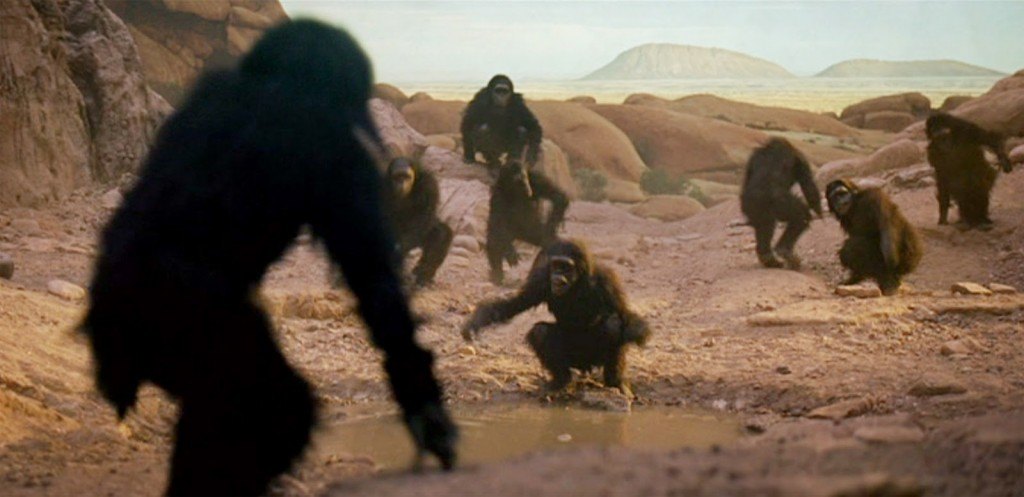
This visual poetry began its journey millions of years ago. Apparently, apes are the most evolved species at the time. But, they aren’t modern enough to hunt their preys. They seem to be living off what the predators leave behind. The apes live in groups as several different tribes, and often, there are (nonviolent) conflicts among them over watering holes. At times, they are being attacked by predators as well. One fine day, a mysterious black monolith appears at a watering hole, the habitat of one of the tribes. They curiously and gingerly approach the monolith and examine it. We see a beautiful shot of sunlight reflecting off of the monolith. After the appearance of the monolith, somehow, they seem to have been inspired to use bones as tools/weapons. They started using bones for hunting. This makes their lives a lot better and more prosperous. Plenty to eat! Meanwhile, territorial fights continue to occur among the tribes, and they start using bones to fight among themselves. In no time, they even managed to perfect the art of killing one of their own, using their brand-new invention. True pioneers! Then, in one of the most celebrated flash-forwards ever in the history of cinema, Kubrick takes us ahead millions of years by jumping from the shot of a bone triumphantly thrown up in the air to that of a satellite (That is not a spaceship, although it is widely referred to as one) orbiting the earth in the 21st century.
In the modern era, we follow Dr. Heywood Floyd, a scientific specialist for the US government who has been called up for a secret mission to Clavius base, an US research base on the moon. On his way to the base, he meets a few of his friends from the Soviet Union while at Space Station V, a gorgeous twin-wheeled hub that serves as a transit point from Earth’s orbit to the moon and other planets. Dr. Floyd declined to answer while he inquired about the purpose of his trip. They seemed to believe in rumors of some sort of epidemic at the base. Once he reaches the base, it is revealed that he has come to examine a mysterious monolith found on the moon that was buried four million years ago. Dr. Floyd examines the monolith along with his team members. The monolith which looks identical to the one that the apes found, emits a loud high high-frequency noise when sunlight strikes on it. Cut.
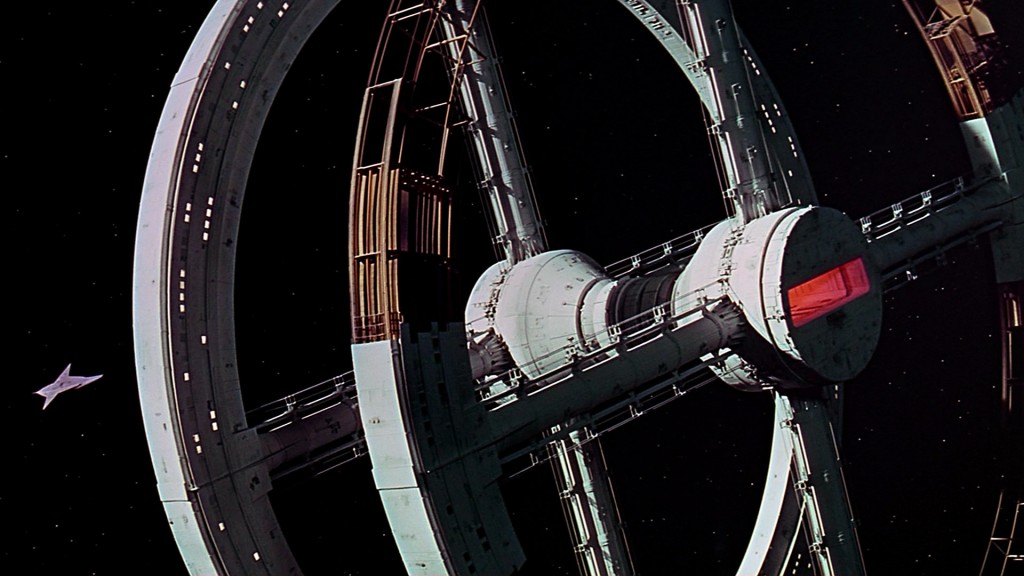
Eighteen months later, we are on the Discovery One spaceship on its way to Jupiter with crew members Dr. David Bowman and Dr. Frank Poole along with three others who are in cryogenic hibernation (to conserve food and air, of course). More importantly, there’s an artificially intelligent computer HAL 9000 on board that controls most of the functions of the ship. The computer, commonly called as Hal, who sees everything through his camera eyes, speaks in a calm male voice. Coming from a family of 9000 series which is, in Hal’s words “foolproof and incapable of error”, Hal is extremely proud and confident about what he does. Hal, who maintains the ship, oversees the cryogenic hibernation and pretty much everything and has endless capabilities, including lip-reading (which, by the way, we learn the hard way).
One day, Hal picks up something wrong with one of the antennas for communication and predicts its failure within 72 hours. However, the crew members found nothing wrong with the antennas upon examination. Another 9000 series of computers back on earth came to the same conclusion as the crew members. Hal insists that the discrepancy in diagnosis can only be attributed to human error. They decide to leave the antenna intact and fix it once it fails as Hal predicted. Meanwhile, David and Frank decide to dismantle Hal if his prediction goes wrong. Although this conversation takes place in a pod where all communications to Hal are shut off, Hal lipreads and learns about their plan.
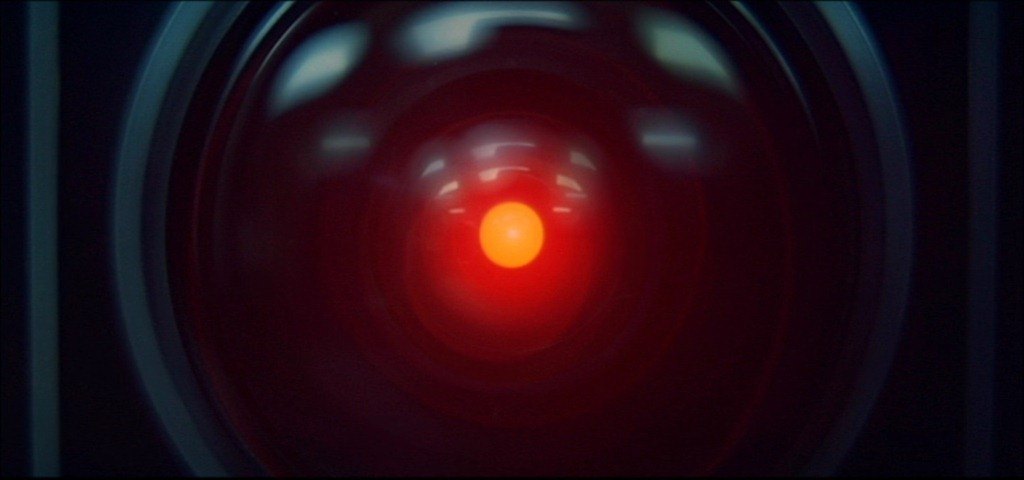
While Frank is on a spacewalk in a pod, Hal takes control of the pod and severs his oxygen supply. Frank gets disconnected from the pod and goes adrift. David goes outside in a pod to recover Frank. Meanwhile, Hal shuts off the life support for the crew members in hibernation thereby killing them. After recovering Frank’s body, David asks Hal to open the pod bay door and let him in. In his calm yet spine-chilling voice, Hal replies “ I am sorry, Dave. I’m afraid I can’t do that”. David somehow manages to enter the ship through the emergency airlock. Once inside, he immediately disconnects Hal. After dismantling Hal, he comes across a recorded message from Dr. Floyd that informs the crew about the actual objective of the mission which was originally only disclosed to Hal. The message reveals that radio signal from the monolith they excavated from moon was pointing towards Jupiter and that it indicated the existence of an intelligent extra-terrestrial species (since the monolith was found deliberately buried) there.

David reaches near Jupiter and encounters another monolith. As he approaches the monolith in a pod, he is drawn into what appears to be a space-time warp; he sees bizarre phenomenon around and finally reaches a bedroom. He sees a middle-aged version of himself in the bedroom. Then, we see him as an old man. The old man is having dinner. Then, while he is lying in bed, a fourth monolith appears before him. As he reaches for it, he is transformed into a fetus enclosed in a womb of light. The fetus is commonly referred to as “star child” in pop culture. The “star child” appears beside the earth and curiously gazes upon it. The film ends as the “star child” turns its eyes towards the dumbfounded audience.
Okay. Umm.. Where do I begin? I guess the monoliths!
The monoliths
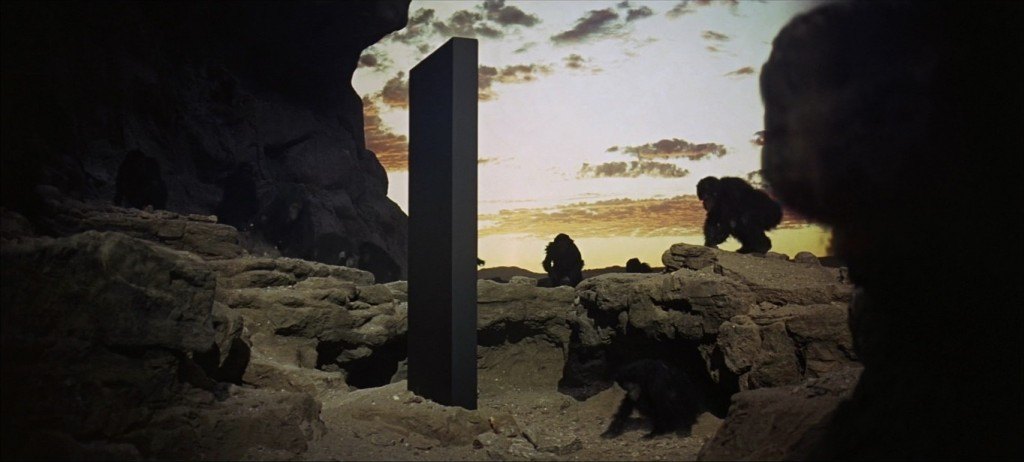
The monoliths are objects left by some intelligent extra-terrestrial species to somehow trigger the advance of human beings. In other words, they represent evolutionary leaps. Who exactly left it there? God(s)? Flying spaghetti monster? Some alien kid who is coding up a vastly interactive program in which we are random variables that (s)he kills of? Could be anyone! It doesn’t really matter. What matters is the fact that every single time it appeared in the film, mankind climbs a big step in the evolutionary ladder.
Monolith 1 : The apes learn to use bones as weapons to hunt/kill
It was after the appearance of the first monolith that the apes had an epiphany and suddenly decided to use bones to hunt prey. Unfortunately they started using it to kill each other as well. Regardless, the starving prehistoric ancestors of mankind flourished after that. A huge step in evolution.
Monolith 2 : Confirmed the existence of intelligent extra-terrestrial beings and inspired man to explore beyond the infinite
The radio signal from the monolith on moon pointed towards Jupiter and thereby inspired mankind to use the most cutting-edge technology they possess and chase that beacon to expand their horizon. The knowledge of the possible existence of other intelligent beings would definitely be a path-breaking discovery. Imagine how excited/anxious we would be if someone found evidence for aliens? The monolith proved that an intelligent species exists and that they were beckoning mankind to explore beyond what they had ever seen until then. It was a breakthrough that forced the man to stop digging at the moon and aim at Jupiter further. For a species that reached moon, going a little further doesn’t sound like a big evolutionary leap? Believe me, it is! A trip to Jupiter is incomparably difficult than one to moon in terms of the technology required. (Jupiter is unimaginably far and unbelievably hostile. I guess Kubrick heavily overestimated us. We can barely send unmanned missions to Mars these days!) Anyway, the 21st century man took a leap of faith and used every single arrow in his quiver to move forward. Hal (artificial intelligence, in general) is of course one of the most powerful and best of those arrows. Well, we know how that worked out.
Monolith 3 : Access to further dimensions
As David reached for the third monolith that he found in Jupiter’s orbit, he was drawn into a vortex of umm.. God knows what! There are no dialogues in the film after that to confirm anything. But, he sees older versions of himself. Hence, time-travel is obviously involved. So, the third monolith somehow gives mankind access to higher dimensions. Unquestionably an evolutionary leap!
Monolith 4 : The birth of the “star child”
Good old Dave reached for the fourth monolith from his bed and he was transformed into a brand new fetus whom we call the “star child”. We don’t know what it is capable of. In any case, it looks as if it is an enhanced version of us : a Homo Novus if you will. Evolutionary leap? Yes.
So, to sum up, we just watched the journey of the evolution of mankind from the apes of prehistoric Africa through Homo Sapiens to the most advanced version “star child”. Well, at least that’s what we get when we scrape the surface of this epic. But what does the “star child” represent? A new beginning or maybe a new perspective of looking at our beloved Earth or maybe a metaphor for the immaturity and vulnerability of the baby that man is. This space odyssey has numerous layers of philosophical and allegorical interpretations that discuss a wide variety of themes.
Religion/ Existentialism
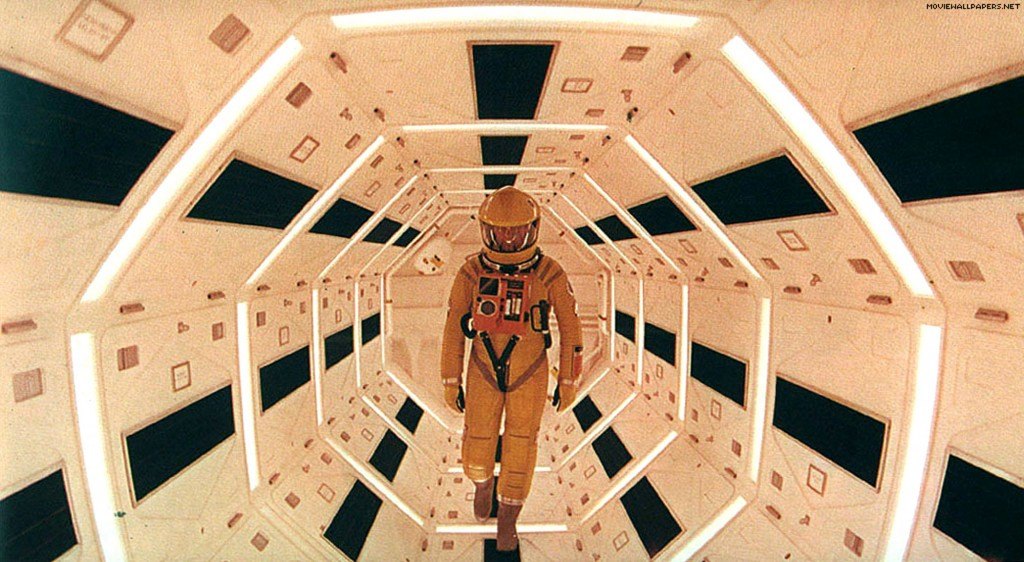
Although it doesn’t say anything about the anthropomorphic God/Gods that most of our religions put forth, the film portrays a powerful imagery of a superior force that leads mankind. A parent figure who is holding our hands while we take baby steps. According to the movie, that mysterious power enabled us to evolve to become who we are today. Our endless curiosity is leading us from one monolith to another. To where? Ultimate knowledge or God or a meaning for our lives? It could be anything. In any case, the desperate search is real. We consider ourselves special and superior compared to other animals. At the same time, science explains that via evolution, some of us believe in a divine purpose or something that we are unable to perceive with our limited capabilities. Considering the size and age of the universe, human beings are negligible specks of dust. Isn’t it incredibly arrogant of us to insist that no superior intelligent beings exist?
On the other hand, the possibility or even confirmation of the existence of a superior being doesn’t say much. It is the nature of that being that matters. Is it going to be an entity that judges and rewards us based on our actions? Or is it an entity that couldn’t care less about what we do? Such allegories are deliberately missing in the film. In fact, while describing the monolith in the recorded message, Dr. Floyd explicitly says “Its origin and purpose is still a mystery” implying that the film doesn’t want to say/doesn’t know anything about the purpose of the alien/God. Interestingly, that’s the final line of dialogue in the movie!
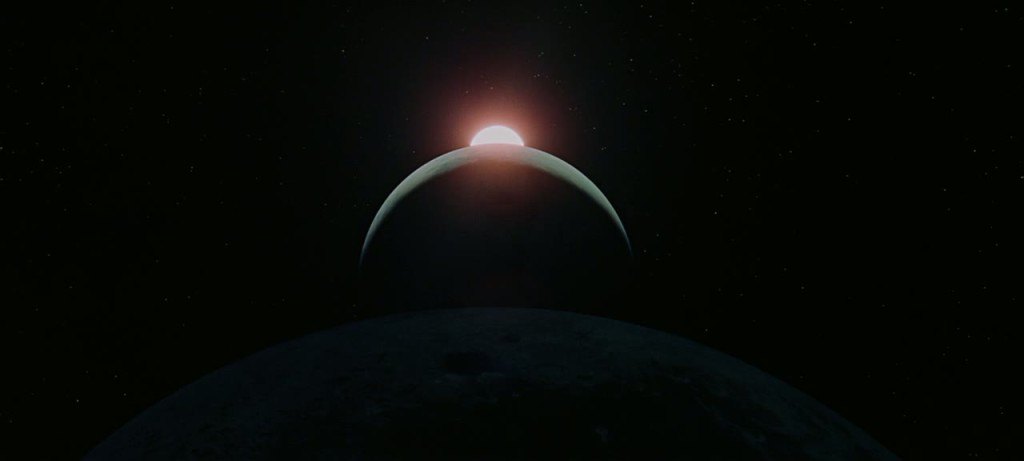
As I was saying, the spiritual journey that the movie takes us along doesn’t subscribe to theism or agnosticism or anything in particular. It is totally up to the audience. That ranges from the belief of a theist in the existence of an ever-so-kind, loving God to the cynicism of an agnostic to the depressing pointlessness of life that a nihilist might choose. Nevertheless, at the very least, Kubrick establishes how insignificant we are and how teeny tiny our so-called technological advancements are! We have got light-years to go forward before we sleep.
Man and Technology
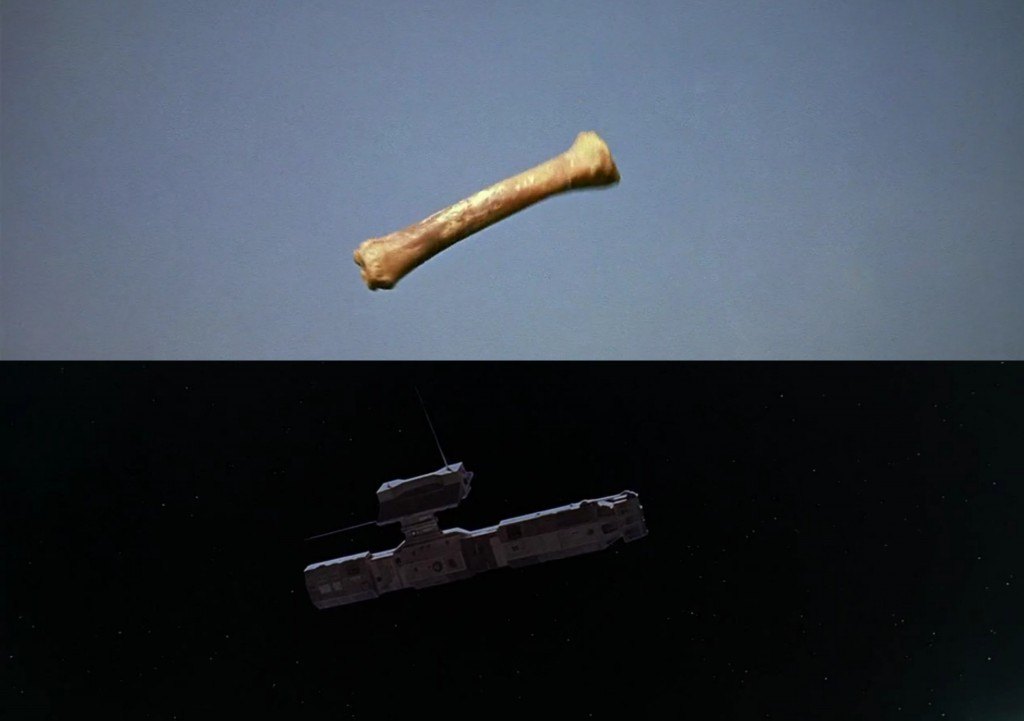
Remember the bone? It was a milestone in the evolution of mankind. Hunting using tools. But it didn’t take them long to use it to fight and fatally injure one another. Misuse of technology 101. Millions of years later, we see a satellite after the cut. Although it isn’t explicitly stated in the film, the satellite is intended as a weapon platform containing a nuclear arsenal. Satellites are one of the most useful tools of our age, just like the piece of bone was in the prehistoric era. Like our ancestors, we are misusing our most useful tool as a weapon. At this point, it would be a crime if I don’t mention the beauty of that famous bone-satellite match cut. Editing brilliance at its peak!
Apart from this, there are other instances where the film shrewdly points towards the ridiculous intra-species wars we humans fight for no reason. When Dr. Floyd meets his friends from Soviet Union, he is very adamant about not revealing the objective of his trip. At that point, the monolith had been found and it had already been confirmed that it was deliberately buried. Information about such a considerable discovery (which affects the whole world) is being withheld merely because of the rivalry between the nations. I believe that a film that’s remarkably frugal about dialogues spent one whole scene for this conversation was purely to condemn the preposterousness of Cold War.
Another fascinating area that the film touches upon is artificial intelligence. Although he doesn’t have a humanoid form, Hal was created in man’s image. The pride. The ego. The need to feel important. To be fair, Hal was analytically way more capable than us. But, the emotional aspect makes him weak. That’s one of the biggest concerns when it comes to AI. Emotionally vulnerable but physically and analytically strong beings are not quite safe to work with, you see? Hal was instructed to keep the actual objective of the mission from the human crew members. (Why? If I were a crew member, I wouldn’t be so keen on meeting aliens whose nature is totally unknown) A machine that was designed to be as reliable as possible was introduced to the idea of dishonesty! Conflicting ideas did affect his performance. Once he learns the plans of the crew members to dismantle him, the proud, egotistic Hal breaks down and goes on a murder spree to maintain his infallible record of accuracy and, more importantly, to survive. Could he be more human?
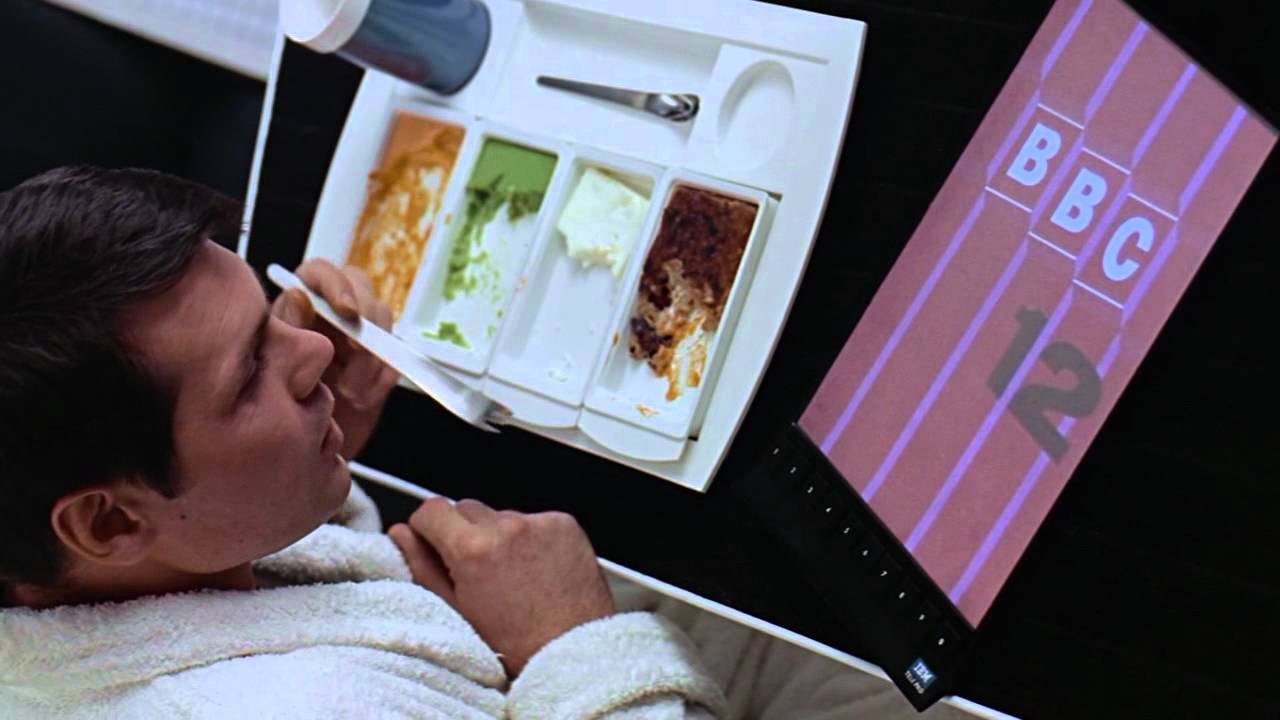
These concerns regarding AI are extremely relevant these days. For example, in the case of an unavoidable accident, an autonomous vehicle might be programmed to do whatever needs to be done to minimize casualty. But, the passenger’s priority would be his/her own life. If the autopilot is an emotional being, what would it do? Would it allow the passenger to override? There are several moral and ethical issues when it comes to AI. At the same time, it’s one of the most advanced and useful technologies of our time. Hat’s off to the vision of the writers. Moreover, through Hal, the film also hints at the dangers of losing control of our tools/technology. (looking at you, nuclear technology) That being said, the movie also celebrates the curiosity and creativity of mankind. Remember how Dave got back inside the ship with his sheer courage and ingenuity?
In short, ‘2001: A Space Odyssey’ is not just the best science fiction movie ever; it is also a philosophical journey that has several underlying themes. There are tons of ways to interpret it but there’s no one right way. It’s been almost 50 years and this immortal film is still a hot topic among cinephiles. It will always be, and as long as the world of cinema exists, Kubrick is going to proudly, authoritatively stand atop the mountain that ‘2001: A Space Odyssey’ is, looking down on all of us, snorting derisively and wondering, “When will all these puny humans learn a thing or two?!”
Read More: Get Out, Explained

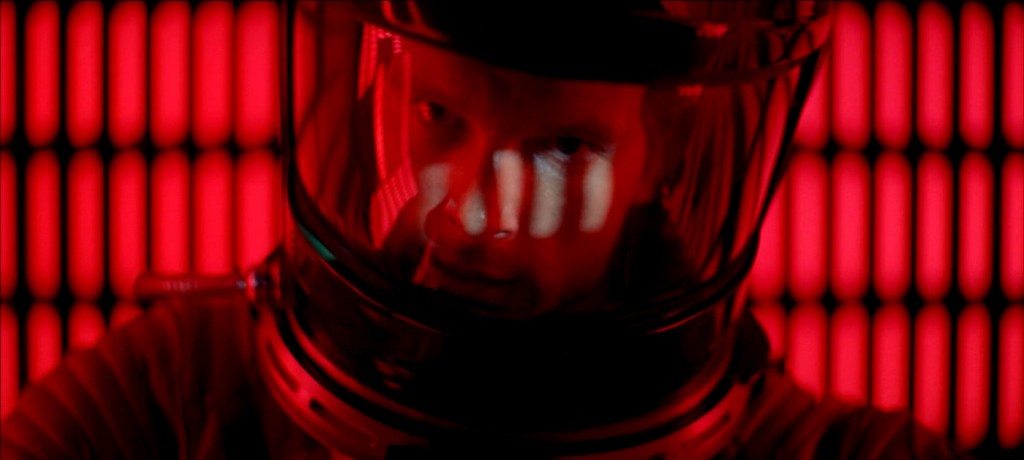
You must be logged in to post a comment.